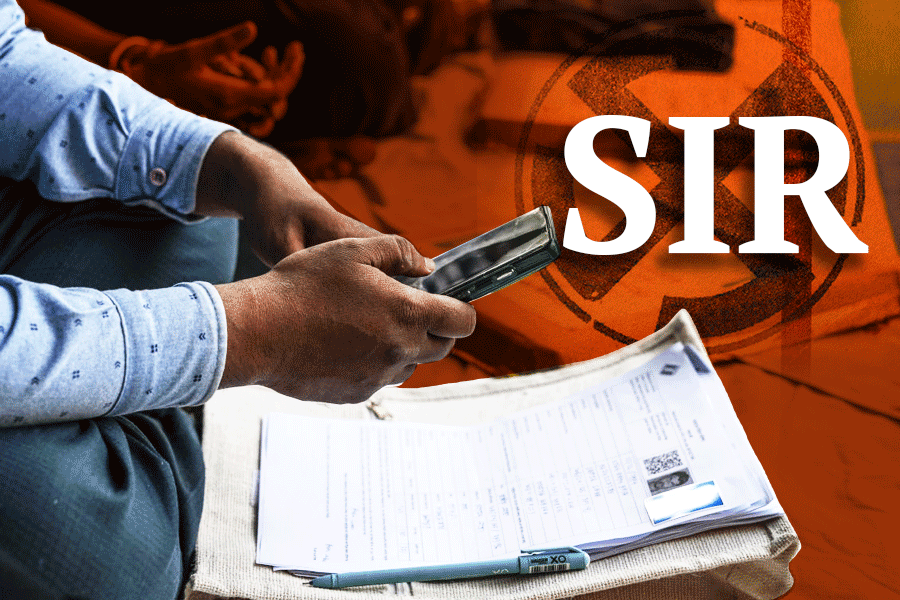Faster phones! Better cameras! Brighter screens! Yet despite all the improvements, there are pieces of tech that have been flawed for years.
However, to give credit where it’s due, there were some improvements last year that were big wins. We now have a common power cable for charging our many gadgets. So-called foldable smartphones that open and close like a book now have consumer-friendly software. Companies also made strides in wireless phone service tech, which greatly simplified the process for people to switch phone plans and save lots of money.
So let’s look at the tech that needs improvement.
Text messaging
“Who’s the green bubble?” Among smartphone users, this has become a common question inside group texts. When iPhone users send texts to other iPhones, the messages appear blue and can tap into exclusive perks like fun emoji and animations. But when texts are sent between iPhone users and Android users, the bubble turns green, many features break, and photos and videos deteriorate in quality.
The technological incompatibility between smartphones has created a deeper sociological divide. In schools, children with Android phones are often mocked and excluded from activities by those with iPhones, according to education experts. And some adults using dating apps perceive messages sent through a green bubble to be a “red flag” for a potential suitor’s financial instability.
Apple said it planned to adopt rich communication services, a modern texting standard that Google and Android phone makers use for messaging. Text messages sent between iPhones and Androids will remain green, but videos and images will load in high resolution, and features like location sharing and read receipts will also work inside texts.
Self-driving cars
The rise and fall of Cruise, a self-driving car company, is a cautionary tale for Silicon Valley’s modus operandi of placing innovation above all else, including public safety. In October, a few months after California regulators allowed Cruise and Waymo to fully operate paid driverless taxi services, a Cruise vehicle struck a San Francisco pedestrian and dragged the victim for 20 feet.
Regulators then ordered Cruise, a subsidiary of General Motors, to halt its robotaxi service. The company cut 25 per cent of its workforce, and Kyle Vogt, the company’s chief executive, resigned.
Waymo, the driverless car company spun out of Google, continues to test its services with far less controversy. Waymo cars are still not as proficient as a competent driver — in my experience, they can struggle to find pickup zones, stop abruptly and take inefficient routes — but then again, many human drivers can be just as annoying.
Cryptocurrency
For the average person experimenting with cryptocurrency, its premise has been dubious from the start — you buy virtual currency through a decentralised system of computers, similar to the way Wikipedia is run by a decentralised network of writers. This, in theory, offers privacy and gives consumers more control of their money than a traditional bank does.
The spectacular implosion of the FTX cryptocurrency exchange underscored the sheer risks of hoarding money in a decentralised financial service. When FTX declared bankruptcy in 2022, those with holdings there lost their money, although they could still recoup some in the bankruptcy process. Sam Bankman Fried, the founder of FTX, was convicted in November of seven counts of fraud and conspiracy, which involved stealing $10 billion from customers.
Other than the inherent risks of entrusting cash with an unregulated and relatively unknown group, there is still no strong use case for cryptocurrency for the average person. While there may be plenty of things to buy with crypto, the transaction process, which involves using third-party crypto wallet apps, remains more complex and time-consuming than making traditional payments with a credit card or bank service.
NYTNS










